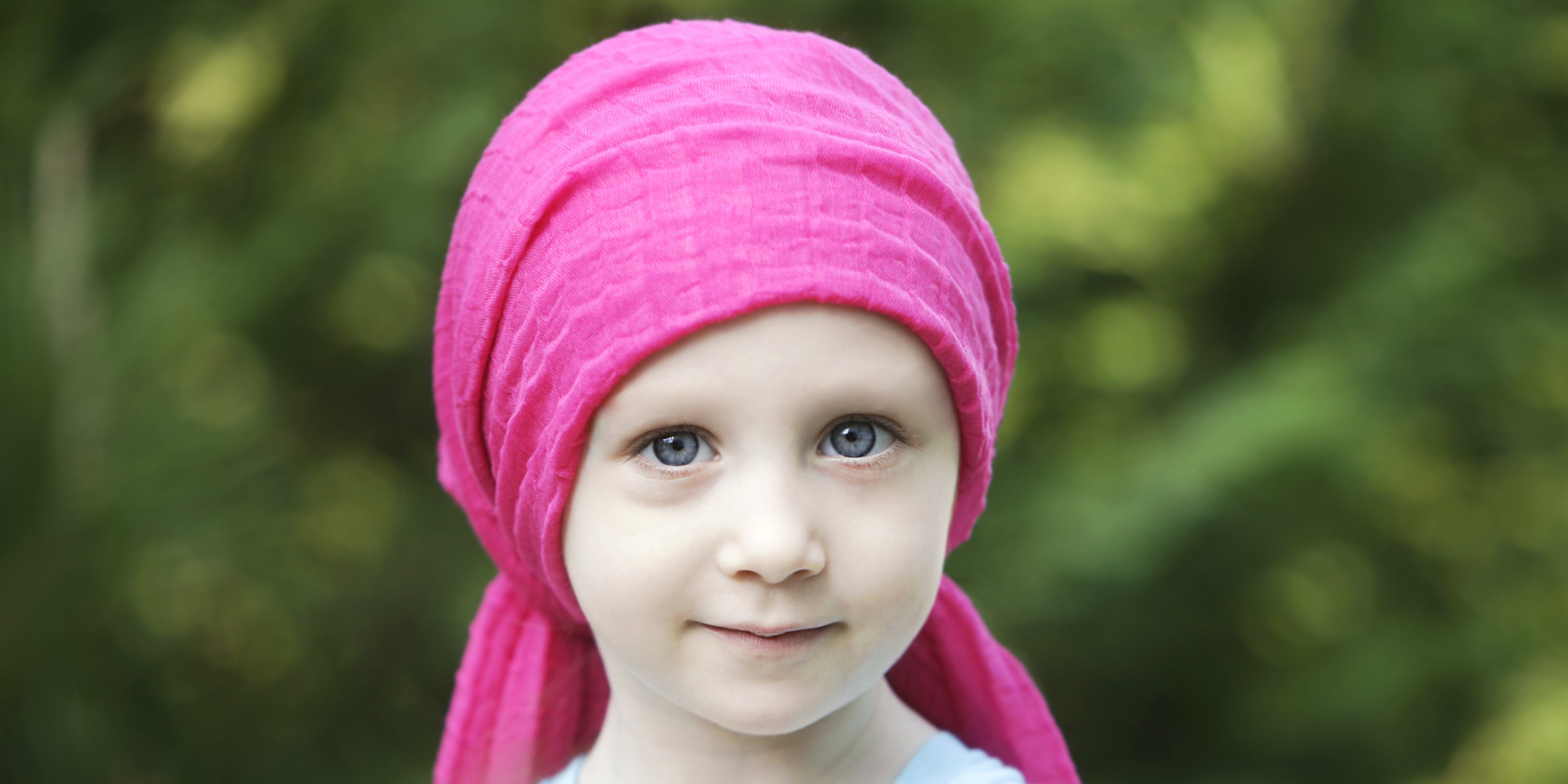Why is Childhood Cancer INCREASING?

“In 2014, it is estimated that 15,780 children and adolescents ages 0 to 19 years will be diagnosed with cancer and 1,960 will die of the disease in the United States”[1] In other words, 1 out of 8 will not survive.
Aluminum in antiperspirants is associated with cancer in part because breast tumors are found more often in the upper-outer quadrant of the breast—closest to where the antiperspirant is applied.[2]
Adding aluminum to normal murine mammary gland epithelial cells promotes tumorigenesis and metastasis. [3]
A child born in the US now receives up to 4925µg of aluminum via vaccines by age 18. Contrary to popular belief, it is not completely excreted; in fact, nanoparticulate aluminum instead of ionic aluminum is used precisely to extend the effect of the immune response of the vaccines and it does this only if it isn’t quickly excreted.
This isn’t rocket science folks.
———————
[1] https://www.cancer.gov/…/child-adolescent-cancers-fact-sheet
[2] Aluminium, antiperspirants and breast cancer
http://www.sciencedirect.com/…/article/pii/S0162013405001613
[3]
Aluminium chloride promotes tumorigenesis and metastasis in normal murine mammary gland epithelial cells, 2016
http://onlinelibrary.wiley.com/doi/10.1002/ijc.30393/full
From [2]:
“Clinical studies showing a disproportionately high incidence of breast cancer in the upper outer quadrant of the breast together with reports of genomic instability in outer quadrants of the breast provide supporting evidence for a role for locally applied cosmetic chemicals in the development of breast cancer. Aluminium is known to have a genotoxic profile, capable of causing both DNA alterations and epigenetic effects, and this would be consistent with a potential role in breast cancer if such effects occurred in breast cells.”
research gathered by Andre Angelantoni
Additional Resources:
12th Keele Meeting on Aluminum in Vancouver in March.
https://www.keele.ac.uk/aluminium/keelemeetings/2017/
“Application of aluminium-based antiperspirant salts has been embraced globally as a way of reducing sweating in the underarm region but without any prior knowledge of the long-term consequences. Coincidentally, the upper outer quadrant of the breast has become the site of highest incidence of both benign and malignant breast diseases. Measurements in human breast tissue, breast cyst fluid and nipple aspirate fluid have demonstrated the presence of aluminium in the human breast. Studies in cell culture demonstrate that aluminium can enable development of several of the hallmarks of cancer, including anchorage-independent growth, genomic instability, cell migration and invasion. More recently published studies demonstrate that exposure of non transformed breast epithelial cells to aluminium in cell culture leads to enhanced tumour growth and metastasis when the cells are injected into mice. This lecture will provide an overview of research findings, and will identify data gaps and regulatory needs.”
12th Keele Meeting on Aluminum Abstract Book





